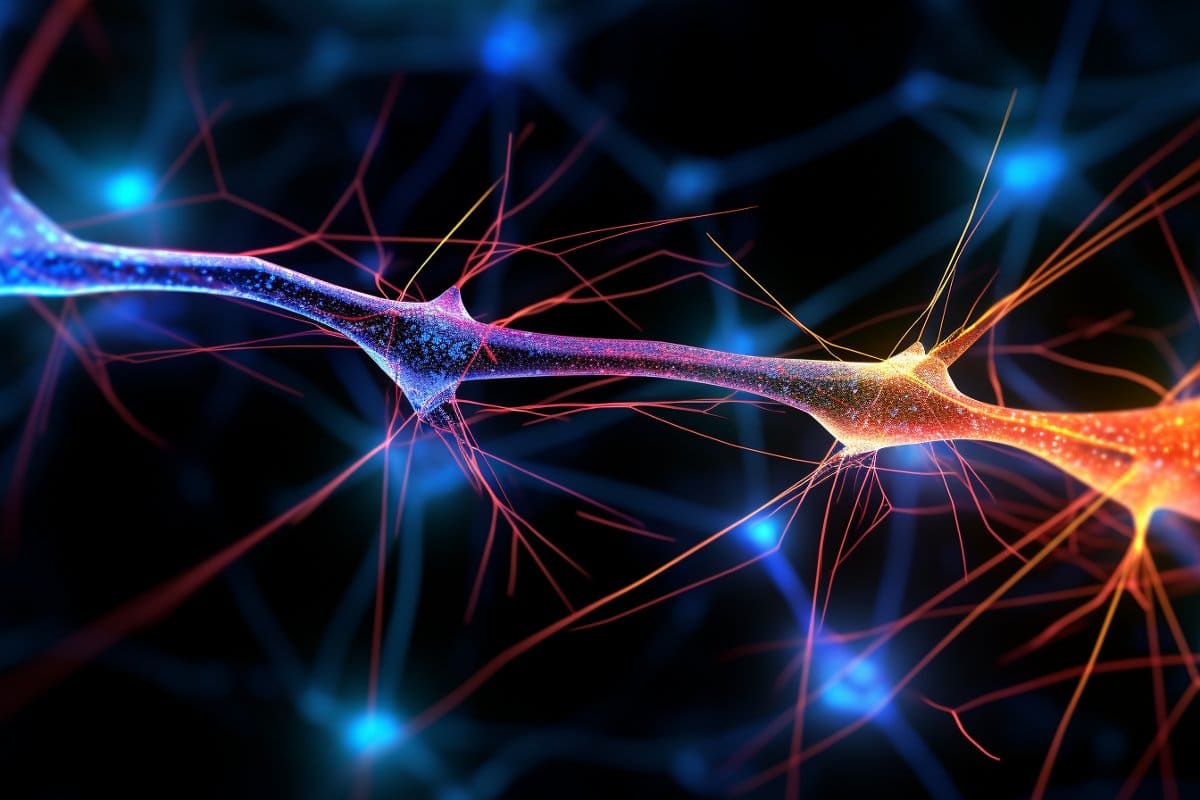In a groundbreaking discovery, researchers have developed an experimental computer system that closely resembles a biological brain. This system demonstrated an impressive 93.4% accuracy rate in identifying handwritten numbers. This rate significantly outperformed traditional batch data processing methods, prevailing at a 91.4% accuracy rate.
One of the most notable features of this innovative system is its self-organizing network of nanowires on electrodes, enabling memory and processing capabilities to be interwoven. This is quite unlike traditional computers, which have separate modules for memory and processing.
The breakthrough in brain-inspired computing holds great promise for AI applications, offering energy efficiency and high performance for complex data analysis. Moreover, the experimental system achieved this success through a novel training algorithm that provides real-time feedback, setting it apart from conventional computing approaches.
This inspiring development in computational science has the potential to revolutionize the future of AI applications, setting a new benchmark for energy-efficient systems capable of real-time data analysis.
Source: UCLA
Through a unique experiment, an experimental computing system that physically models the biological brain succeeded in identifying handwritten numbers with an impressive 93.4% accuracy. This extraordinary achievement was credited to a novel training algorithm that provided real-time feedback. It is anticipated that the nanowire network will consume far less power than conventional silicon-based artificial intelligence systems, while also excelling in complex data analysis. This advancement could have a substantial impact on the fields of robotics, autonomous navigation, the Internet of Things, health monitoring, and edge computing.
The study is the result of collaborative efforts between the University of Sydney and the California NanoSystems Institute at UCLA, involving researchers and scholars with expertise in a range of fields, including physics, chemistry, and neuroscience. This groundbreaking work has received support from the University of Sydney and the Australian-American Fulbright Commission.


